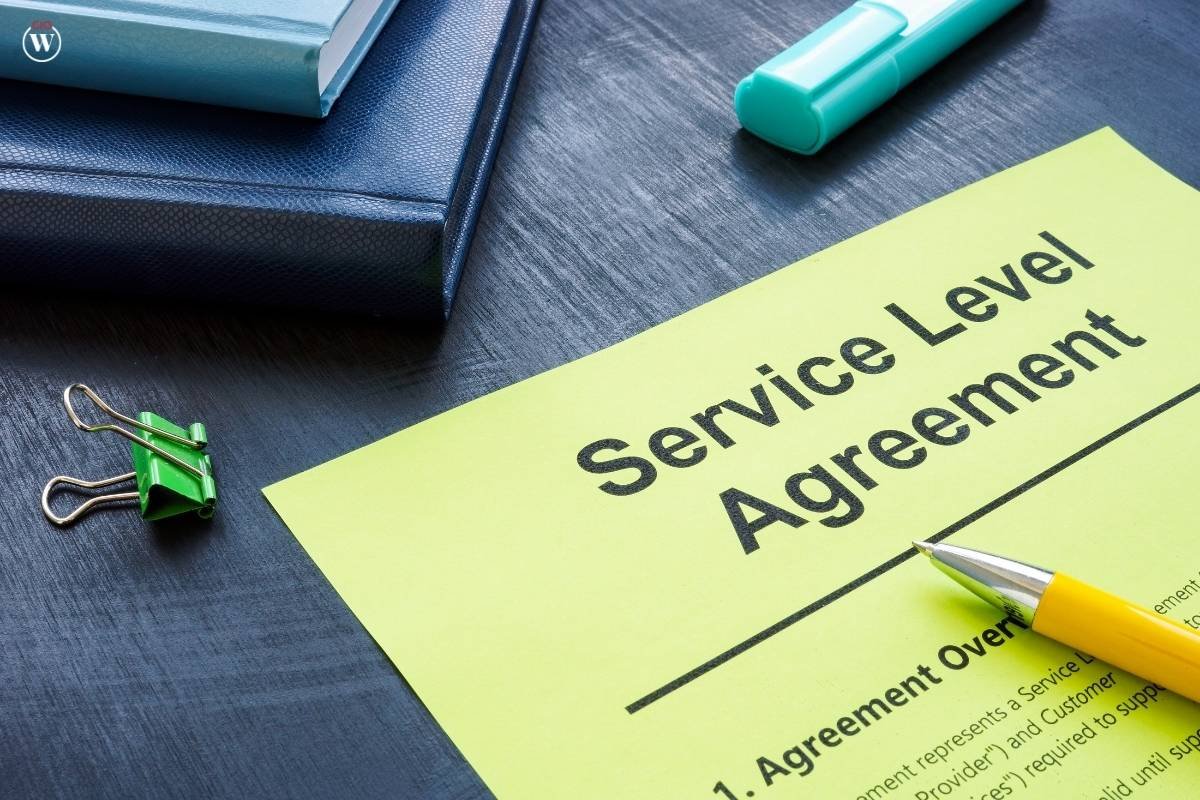In the dynamic landscape of business relationships, a Service Level Agreement (SLA) plays a pivotal role in ensuring the smooth and efficient functioning of services between the parties involved. Whether you’re a service provider or a client, understanding the intricacies of an SLA is crucial for establishing clear expectations and maintaining a mutually beneficial partnership. This comprehensive guide aims to shed light on the key components, importance, and best practices associated with Service Level Agreements.
Understanding the Service Level Agreement
A Service Level Agreement is a formalized document that outlines the expectations, responsibilities, and metrics agreed upon between a service provider and a client. It serves as a blueprint for the relationship, ensuring that both parties are on the same page regarding the quality and scope of services to be provided. The primary purpose of an SLA is to establish a clear understanding of what each party can expect and what is expected from them throughout the course of the partnership.
Key Components of a Service Level Agreement
- Scope of Services:
The foundation of any SLA lies in defining the scope of services. This section delineates the specific services that the provider will deliver and the corresponding responsibilities of the client. Clearly outlining the scope helps in avoiding misunderstandings and sets the stage for a successful collaboration.
- Service Metrics and Performance Indicators:

Service metrics and performance indicators are the measurable criteria that gauge the success of the services provided. Common metrics include response time, resolution time, uptime, and reliability. This section of the SLA ensures that both parties are aware of the benchmarks against which the service provider’s performance will be evaluated.
- Responsibilities and Obligations:
To avoid ambiguity, an SLA should explicitly state the responsibilities and obligations of each party. This includes the client’s obligations in terms of providing necessary information, access, and cooperation, as well as the service provider’s commitments to delivering services as specified in the agreement.
- Service Availability and Downtime:
One critical aspect of an SLA is defining the expected service availability and the procedures in case of downtime. This includes planned maintenance schedules and the compensation or penalties associated with service disruptions beyond agreed-upon thresholds.
- Escalation Procedures:
In the event of issues or disputes, an SLA should outline a clear escalation path. This ensures that problems are addressed in a timely manner and resolved at the appropriate organizational level. Effective communication channels and escalation procedures contribute to the overall success of the partnership.
- Security and Data Privacy:
With the increasing emphasis on data security, including a section on security and data privacy in an SLA is crucial. Define the security measures that the service provider will implement to protect client data and specify any compliance requirements related to data privacy laws.
Importance of a Service Level Agreement
- Clear Expectations:
A well-crafted SLA ensures that both parties have a clear understanding of what to expect from the partnership. This clarity minimizes the risk of misunderstandings and sets the stage for a collaborative and efficient working relationship.
- Quality Assurance:
By defining specific service metrics and performance indicators, an SLA serves as a tool for quality assurance. It allows both parties to measure the success of the services provided and identify areas for improvement.
- Risk Mitigation:
SLAs include provisions for addressing potential risks and challenges, such as downtime or service disruptions. By outlining procedures for risk mitigation and dispute resolution, an SLA helps minimize the impact of unforeseen circumstances on the partnership.
- Accountability:

Establishing clear responsibilities and obligations in an SLA creates a sense of accountability. Both the service provider and the client know their respective roles, fostering a collaborative environment where each party is committed to the success of the partnership.
- Continuous Improvement:
An often overlooked aspect of the importance of SLAs is their role in driving continuous improvement. Regularly reviewing and updating the SLA allows both parties to identify areas for enhancement, encouraging a culture of continuous improvement and innovation.
Best Practices for Drafting and Implementing an SLA
- Collaborative Drafting:
Involve key stakeholders from both parties in the drafting process. This ensures that the SLA is comprehensive, addressing the needs and concerns of all parties involved. Collaborative drafting also fosters a sense of ownership and commitment to the agreement.
- Measurable Metrics:
Use specific and measurable metrics in the SLA. Vague or subjective criteria can lead to misunderstandings. Clear and quantifiable metrics provide a solid foundation for evaluating service performance and making data-driven decisions.
- Regular Review and Updates:
Business environments are dynamic, and service requirements may evolve over time. It is essential to conduct regular reviews of the SLA and make necessary updates to reflect any changes in service offerings, expectations, or industry standards.
- Communication and Transparency:
Effective communication is key to the success of any partnership. Maintain open and transparent communication channels to address concerns, share feedback, and ensure that both parties are aligned with the terms of the SLA.
- Training and Awareness:

Ensure that all relevant personnel are trained and aware of the SLA’s terms and conditions. This includes not only those directly involved in the service delivery but also individuals who may be responsible for reporting issues or escalating concerns.
- Disaster Recovery and Business Continuity:
As part of risk mitigation, include a section on disaster recovery and business continuity in the SLA. Define the procedures and responsibilities in case of unforeseen events that could impact service delivery, ensuring a swift recovery and minimal disruption.
Conclusion
In the realm of business relationships, a Service Level Agreement serves as a cornerstone for establishing and maintaining successful partnerships. By clearly defining expectations, responsibilities, and metrics, an SLA mitigates risks, ensures accountability, and contributes to the overall quality of services provided. Adopting best practices in drafting and implementing an SLA enhances the collaborative nature of the partnership, fostering an environment where both service providers and clients can thrive. As businesses continue to navigate a rapidly changing landscape, the significance of a well-structured and thoughtfully implemented SLA cannot be overstated.









